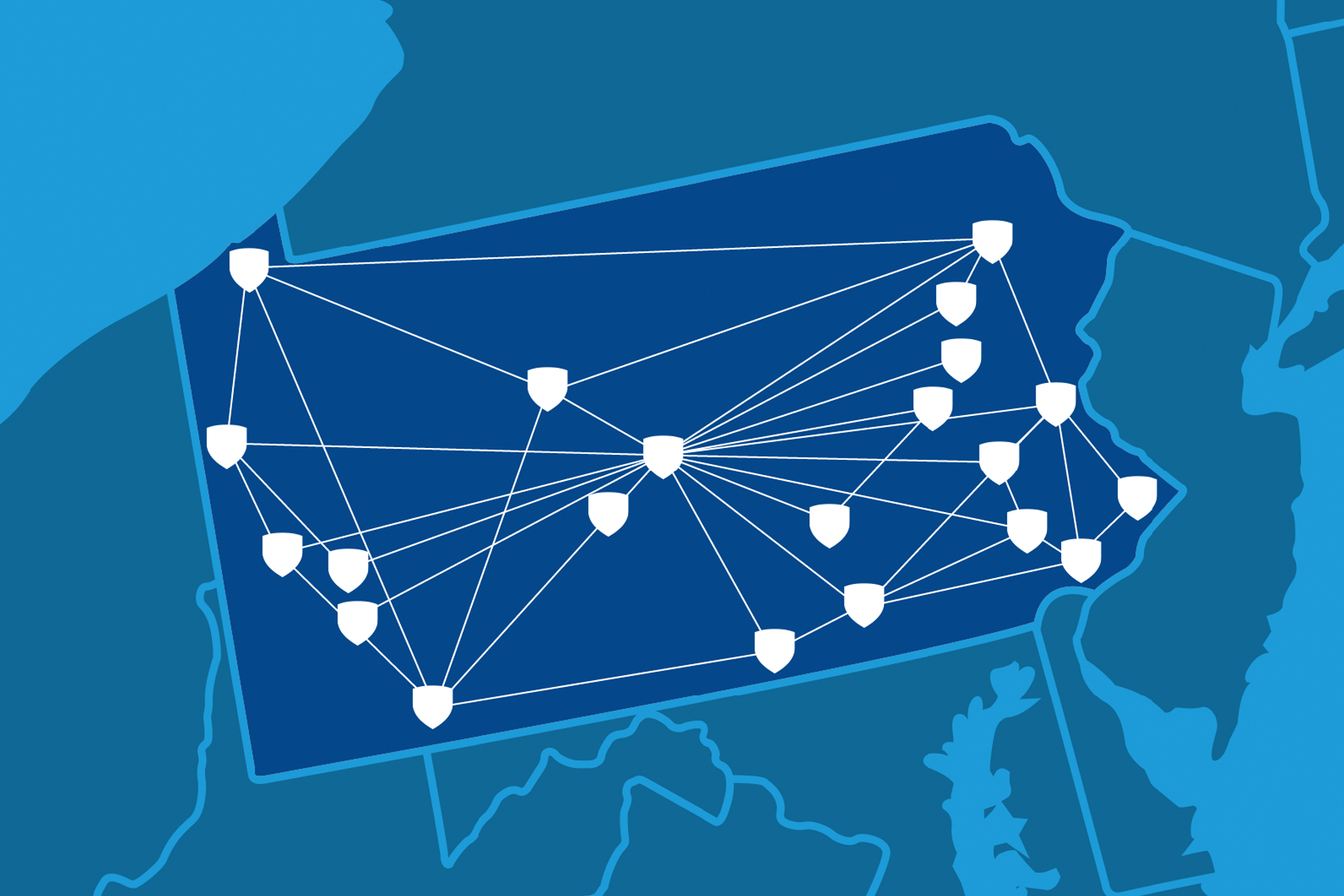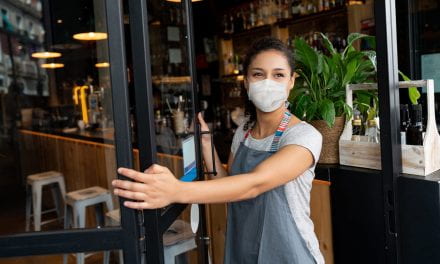Prevention: Stopping a Fire Before It Starts
Why does prevention matter?
Research Professor Janet Welsh has worked in the college’s Edna Bennett Pierce Prevention Research Center since 1994 and has dedicated her career to prevention.
“Prevention can keep bad things from happening in the first place,” Welsh explained. “Early in my career, I worked in special education. I did an internship in a home for children with very significant needs. There was a little kid there who was maybe two years old. He was severely brain damaged and blind because he had been exposed to herpes during the birth process. And if that had been prevented—if he had been born by caesarian section—he would have been a perfectly healthy child.
“And I knew then that I had to get into prevention,” Welsh continued. “I just felt like the potential of prevention to avoid tragedy was the answer. But it doesn’t make for good drama, prevention. You look at a teenager who has never gotten involved with opioids, never gotten involved with meth, and you just see a life where nothing bad has happened, right? ”
Other than sparing people the suffering and risks associated with addiction, there are financial reasons to invest in prevention. Treating addiction can costs tens of thousands of dollars per person, and people in recovery often struggle with addiction-related problems for years. By investing a few hundred dollars per child in prevention, society can address problems before they flare up.
In her spare time, Welsh is a volunteer fire fighter. She pointed out that every house fire is frontpage news, but it is never news when a fire-prevention measure saves a house.
In the United States, the rise of fire prevention (like smoke detectors) has reduced the number of fire incidents from almost three million in 1980 to fewer than half that number today (Aherns and Evarts, 2020).
“There’s never, ever a story about all the houses that don’t burn down because of effective fire prevention,” Welsh observes, “but probably, there should be.”
“With prevention, there are no heroic rescues because nobody needs to be saved.”
How can prevention work in the real world?
People have always had a lot of ideas about ways to prevent young people from abusing substances. Over the last half of the 20th century, researchers validated some of these ideas—making sure you know where your child is and who they are with are good ideas—while debunking other ideas—allowing your child to sip your alcoholic drinks does not make drinking less mysterious or appealing.
As researchers developed effective tools for preventing substance use, they encountered another serious obstacle: the effective tools were not being used in the wider world. On occasions where the tools were used on a larger scale, they weren’t being used properly.
This led researchers to question how to implement effective substance use prevention in the real world. Created as a partnership between researchers at Penn State and Iowa State University, PROSPER has shown for two decades how community-based substance use prevention can work.
What is PROSPER?
PROSPER is a prevention program that has consistently reduced substance use in communities across Pennsylvania and Iowa since 2001. PROSPER is short for PROmoting School-community-university Partnerships to Enhance Resilience. The partnerships are key to what makes PROSPER work on a large scale. PROSPER is created and delivered as a collaboration between prevention scientists in HHD and at Iowa State, schools, community organizations, and Penn State Extension educators.
PROSPER targets sixth and seventh graders so that young people are engaged before most of them start misusing substances. In sixth grade, children and their caregivers are invited to an extracurricular program designed to build communication, boundaries, and trust in ways that protect young people from substance use over time. About 17 percent of eligible youth and their families participate.
In seventh grade, PROSPER moves into the schools so that 100 percent of local children receive it. Students learn social-emotional and decision-making skills that help them avoid substance use.
In PROSPER communities, students are less likely to drink alcohol and smoke as high schoolers than students from non-PROSPER communities.
PROSPER’s impacts are even more powerful for substances like prescription opioids. Kids who participate in PROSPER in middle school—and who receive no follow-up—are 15 percent less likely than other young adults misuse prescription opioids. The effect lasts throughout adolescence and into young adulthood, even though PROSPER ends after seventh grade.
Beyond substance use, PROSPER also improves family life and youth development and decreases delinquency.
Why does the Consortium to Combat Substance Abuse (CCSA) matter?
Welsh’s work predates the CCSA by many years, but she is excited by the consortium’s potential.
“Penn State is unusual in that it is highly supportive of interdisciplinary research,” Welsh stated. “You need to bring diverse skillsets to the table to address a complex social problem.
“The CCSA is going to create even more opportunities for interdisciplinary collaboration. The CCSA, by its DNA, is transdisciplinary.”
Explore CCSA
At Penn State, we are working to inform discussions at the local, state and national levels and to develop the most effective and efficient ways forward and combat substance abuse.
New interdisciplinary perspectives are increasing the effectiveness and reach of Welsh’s prevention research. Currently, Welsh is working on a project with engineers to create drug take-back boxes that better measure how often the boxes are used. She is also collaborating with criminal justice researchers to simultaneously reduce the demand for prescription drugs and the supply of those drugs within the same communities.
By investing our resources and time in prevention efforts like PROSPER, we can make sure that drug use, like house fires, become a smaller and smaller problem every year. And that is heroic, even if it never shows up on the frontpage of the newspaper.
Source
Ahrens, Marty, and Evarts, Ben. Fire Loss in the United States During 2019. PDF. National Fire Protection Association. 2020.






